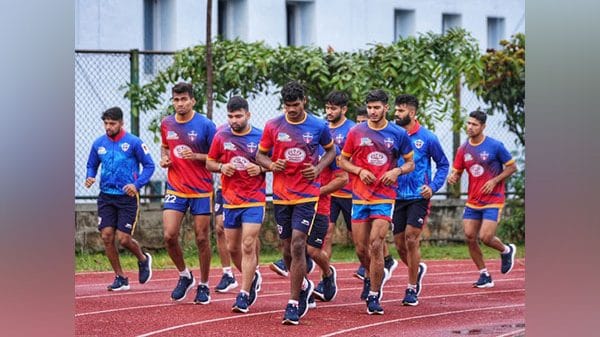This week, the world watched in awe as Fazel Atrachali, the former Iranian captain and current Puneri Paltan captain, crossed stalwarts like Manjeet Chillar and Sandeep Narwal to become the Pro Kabaddi League’s top defender with 397* points. He led the Pune team to a tremendous victory against Pardeep Narwal’s UP Yoddhas.
This came in the backdrop of the 2018 Asian Games semi-finals in Jakarta, where the Indian team lost for the first time since the game became international to Iran, which went on to play the finals with the legendary South Korean team of Lee Jang-kun. This was the first time in the sport’s history that no team from South Asian countries, considered the birthplace of the sport, made it to the finals.
Although it is heartbreaking for the country, this influx of foreign talent in the sport suggests a new trend. Kabaddi has spread out of India and South Asia in general over the last three decades. The sport now spans the globe, reaching countries ranging from the Middle East to East Asia and Africa, bringing with it a flood of unique talents.
These names, records, and teams may be unfamiliar to some, but they have amassed a massive international fan base for nearly a decade, thanks to the Pro Kabaddi League, which is currently in its ninth season.
This trend of Kabaddi popularity abroad is reflected not only among the players, but also in the response it receives from sport enthusiasts from various countries. Iran is a prime example of this, with a massive fan base traceable back to a very similar local sport known as ‘zu-zou’. The sport has also grown in popularity in countries with strong international teams, such as Kenya, South Korea, and Thailand.
Also read: Schools & skills don’t speak to each other. Empower local govts to fix this and much more
We begin to see Kabaddi’s true potential as it gains acceptance among the populations of countries as diverse as South Korea and Kenya. Kabaddi is a contact sport that has attracted sports fans from all over the world due to its simple rules, emphasis on skills and technique, and, most importantly, its relatable yet thrilling nature.
The beautiful dance of the ‘C’ formation defence, the shuffling raiders waiting for a chance to score a point, all backed by the chant ‘kabaddi’, adds to the viewers’ sense of thrill and excitement. An emotion that many games and sports fail to evoke in the poor masses of underdeveloped countries due to a lack of relatability.
These factors provide India with a unique opportunity to use this incredible sport as a mascot in India’s drive to enhance its global image and soft power. A niche sport, whether cricket for the British, or football for the Spanish, is a rare opportunity for a nation to project its culture on a global stage. Today, as more and more international players join the sport, India has the opportunity to do the same with Kabaddi.
Even today, India is regarded as a hotbed of the sport, with high-quality players hailing from Haryana, Tamil Nadu, Punjab, Andhra Pradesh, Maharashtra, and other states. However, as Kabaddi popularity grows beyond national boundaries, India must seize this opportunity and vigorously promote it.
The first of many steps in this direction could be India’s support for a decades-old plea to bring Kabaddi to the Olympics, thus giving the game the respect it so highly deserves, providing its players with the world-renowned platform of the Olympics, and allowing India to showcase its talent in the most prestigious and competitive global sporting event.
The country should focus on establishing and funding Kabaddi camps throughout India, as well as assisting nations like Kenya, South Korea, and Thailand, among others, where the sport has begun to amass a sizable player-fan base.
A much-needed blend of cultural richness and just the right amount of thrill and entertainment is required to energise and engage a global audience.
The author is a student as St. Joesph’s College, Bengaluru.






